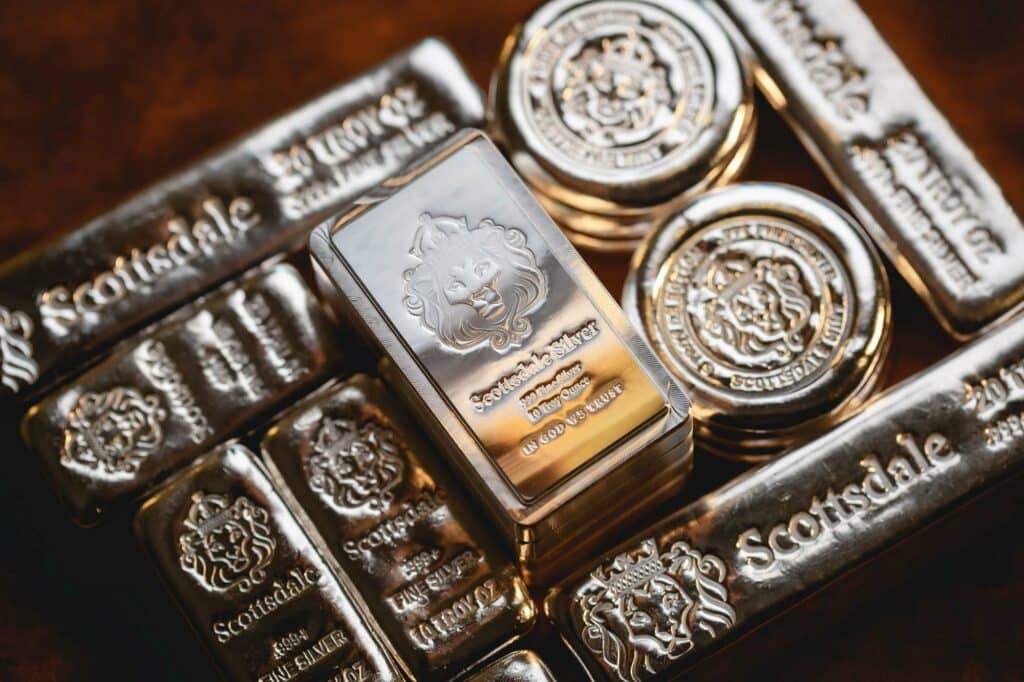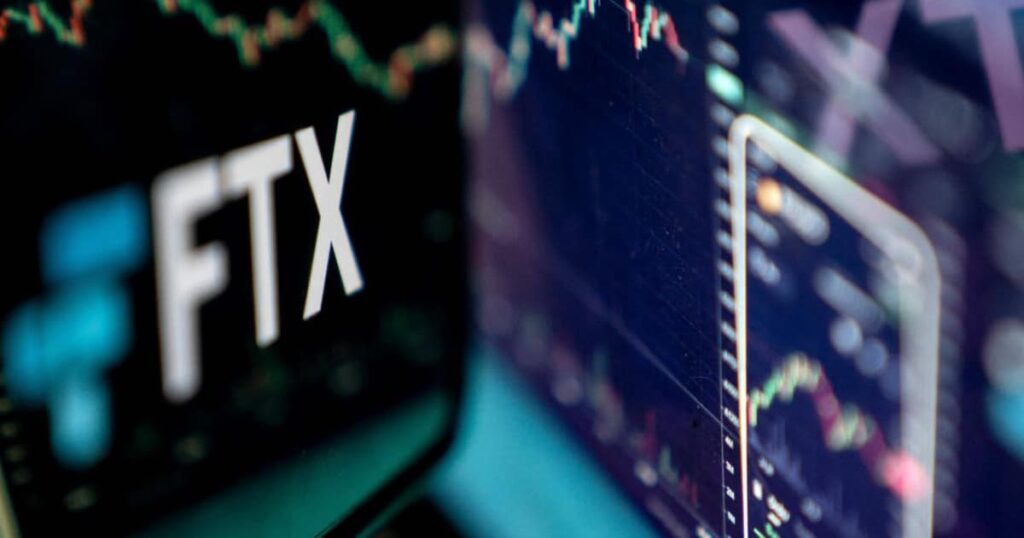Waters Corporation (WAT), to describe this little-known company most simply, makes tools that help scientists and researchers analyze the safety, quality, and durability of science-based, consumer-facing products. Waters’s tools help its customers perform scientific research by providing them with analytical instruments, services, and supplies.
Nearly 90% of the company’s revenue comes from its Waters division, which produces mass spectrometry and liquid chromatography tools, as well as related products. These tools are used primarily by pharmaceutical firms to analyze a molecule’s structure during the drug discovery, development, and production processes. These tools can also be used in food and environmental quality testing, as well as other industrial applications.
About 60% of the Waters division’s revenues in 2021 came from the pharmaceutical market, a more significant proportion than its peers.
The remaining 10% of Waters’s overall revenues is generated by the company’s thermal analysis business, which provides measurement devices for thermodynamic experiments. This helps scientists examine the physical properties of various materials. Thermal analysis testing can be conducted on batteries, circuit boards, and more.
Waters’ Business and Outlook
The company’s strategy is centered around distributing its instruments (including pre-installed software) among scientists and researchers, then providing necessary services throughout the useful life of each system. Waters also sells related consumables, such as sample preparation kits and tools.
This may sound like a small, very niche business, but many of the Waters’s instruments are clearly in demand across a number of industries. That is why the company was able to deliver organic year-on-year revenue growth of 15% in the third quarter. On its latest earnings call, management said that the company’s order book was strong, and that orders were growing “faster than sales.” That is particularly encouraging, given the darkening economic outlook.
However, it won’t be an easy road for Waters.
Although the company recently raised full-year revenue growth guidance from 11.5% to 12% (up from 9.5% to 10.5% previously), it cut its earnings-per-share (EPS) forecast in anticipation of foreign exchange headwinds. Currency volatility—and a strong U.S. dollar—is a material risk for the company. That’s because Waters makes about 40% of its sales in Asia, and another quarter of its sales in Europe. The company now expects gross margins for the full year to decline by 50 basis points, to 58% for the full year, with operating margins remaining flat at around 30.2%.
Investors will be closely watching those margins and EPS numbers for signs that an in-progress “turnaround” initiative is yielding results.
This turnaround was needed because Waters’ growth had underperformed expectations in recent years. That resulted in a change in management, including bringing in Udit Batra—formerly CEO of the MilliporeSigma, the $7.7 billion life science tools business of Germany’s Merck KGaA—as the new CEO.
When Batra joined Waters in 2020, it had lost its anchor. The company was focused more on certain growing areas, and almost completely ignoring its core business, which started slipping away. Batra aimed to reinvigorate the company through an instrument replacement drive, as well as strengthening its technology and e-commerce offerings. The latter of these is especially notable because, when Batra started in September 2020, Waters sold only 20% of its consumables online. This is sharply below what its peers do—typically selling about 50% of consumables online.
Under Batra, Waters is now focused on upgrading older liquid chromatography instruments with newer systems, highlighting the lack of urgency in the selling part of the organization, as had been proposed under the previous management team.
Additionally, Waters trails its peers, like of Agilent (A), Thermo Fisher Scientific (TMO), and Danaher (DHR), in terms of penetrating the contract research organization channel in pharmaceuticals. It is now focusing on gaining share in that part of the end market.
The turnaround Batra is leading at Waters seems to be working. In the third quarter, it enjoyed impressive instrument growth of 21% in constant currency terms (14% reported). This should bode well for future recurring revenue growth from the sale of instruments and related services. About half of its sales are already recurring revenues.
And importantly, Waters’ analytical instruments remain the gold standard, especially in liquid chromatography and mass spectrometry for pharmaceutical firms. That is a firm base from which to launch a turnaround. It’s also why Waters enjoys profitability near the top of the life sciences market, with returns on invested capital over 30%.
Waters also has a major tailwind behind it—the expanding universe of biopharmaceuticals testing and the increase in food safety and environmental testing by various entities.
Add it all up and Waters is a buy anywhere in its recent range of $300 to $350, in anticipation of more progress in its corporate turnaround story.
It’s raised its dividend 37.5% on average, could be acquired, benefits from rising interest rates, trading at massive discount, and pays an 8% yield. This is my top pick for income during a rough market.Click here for details.









